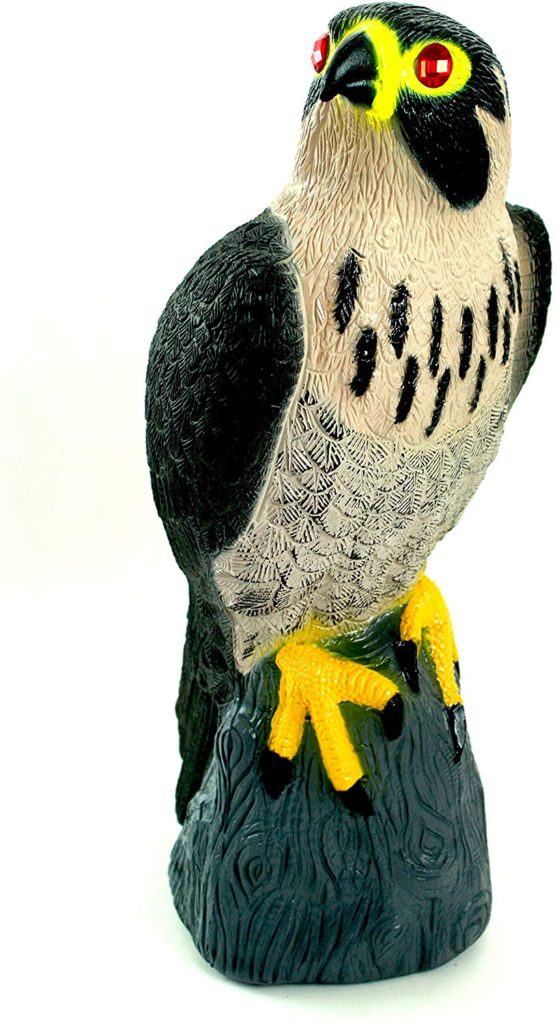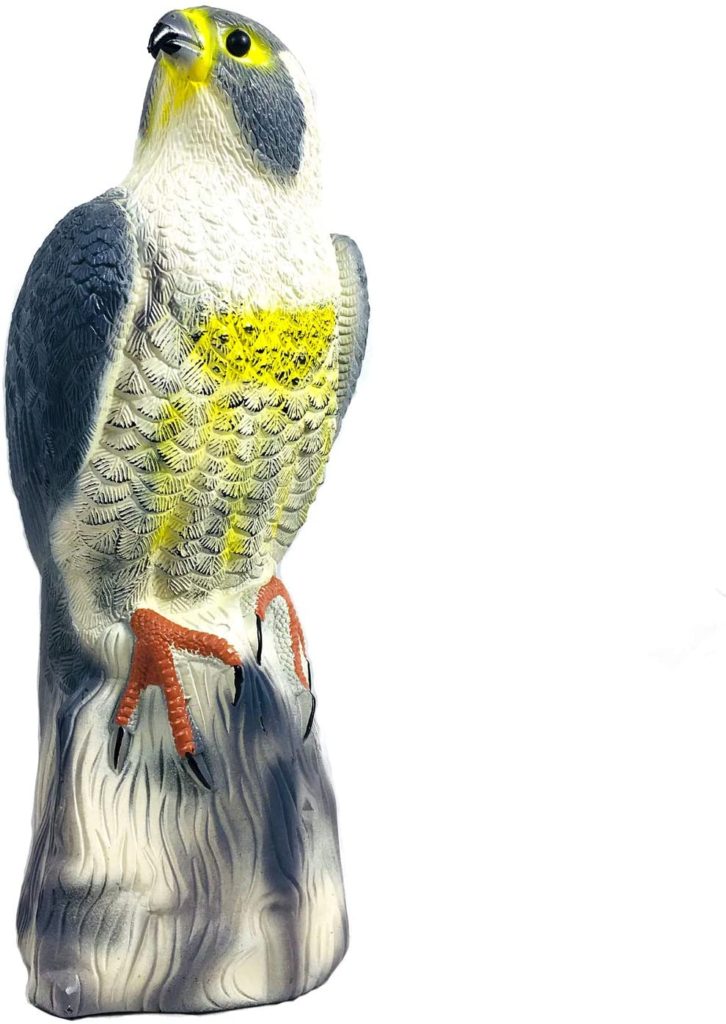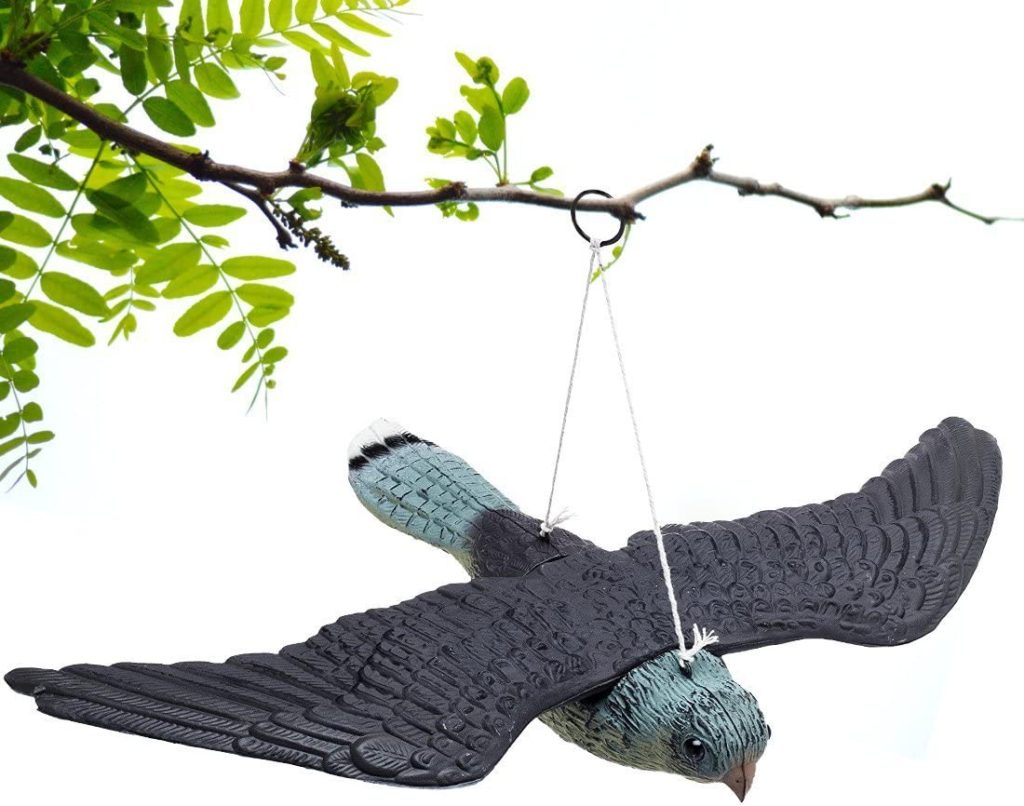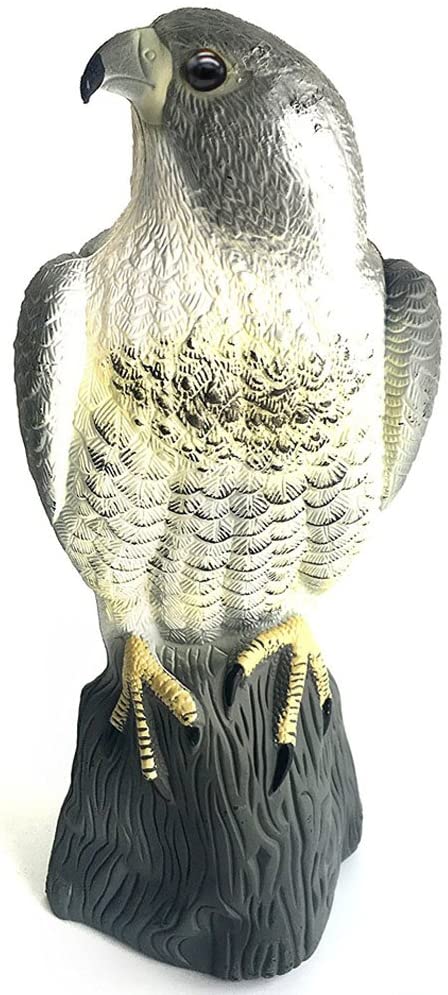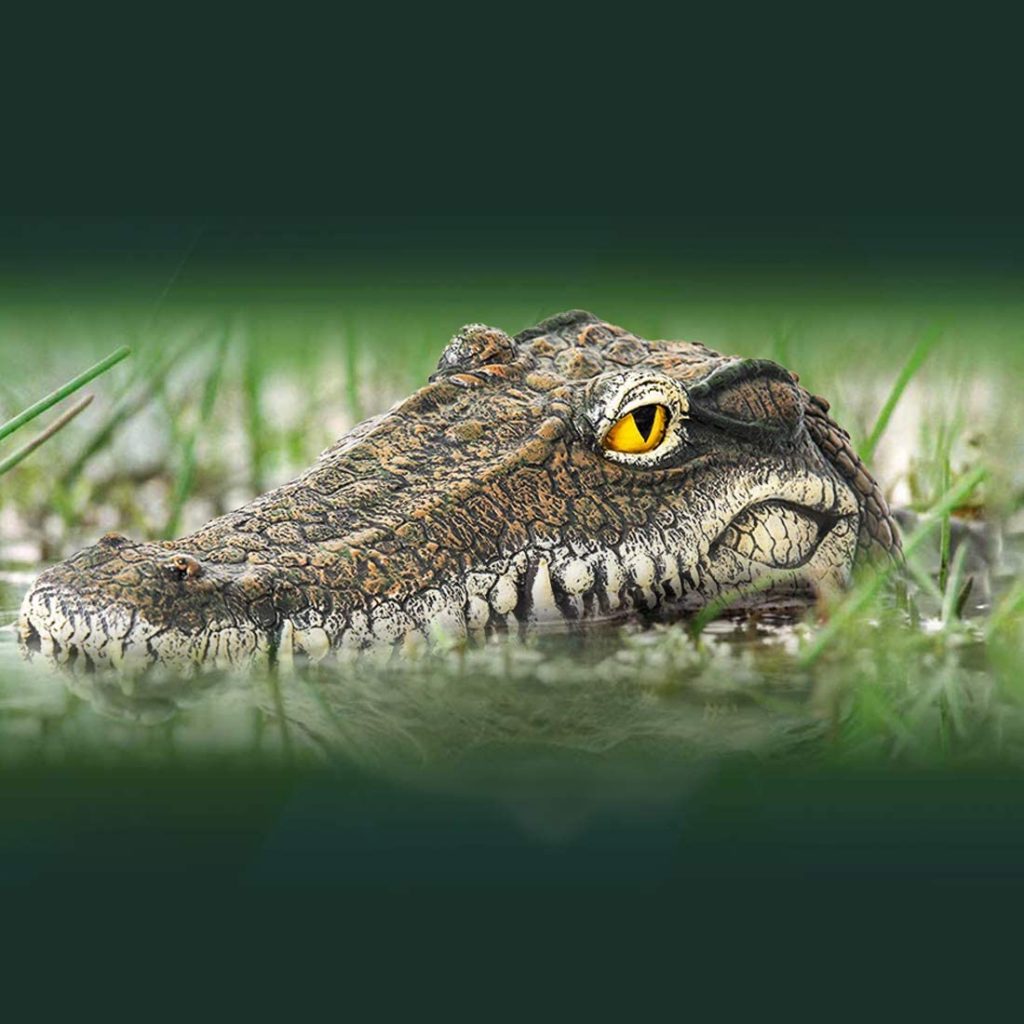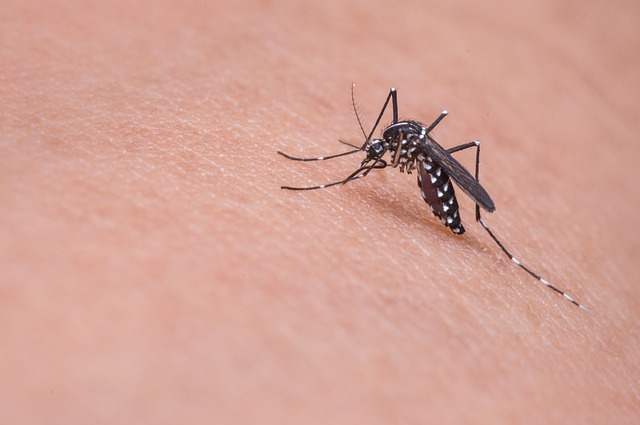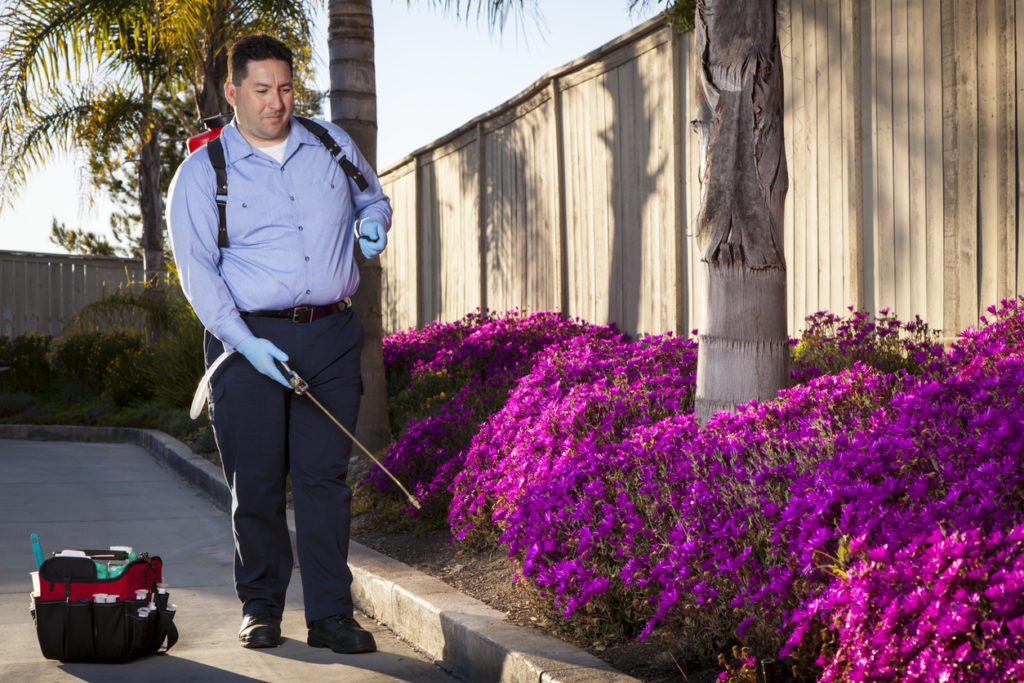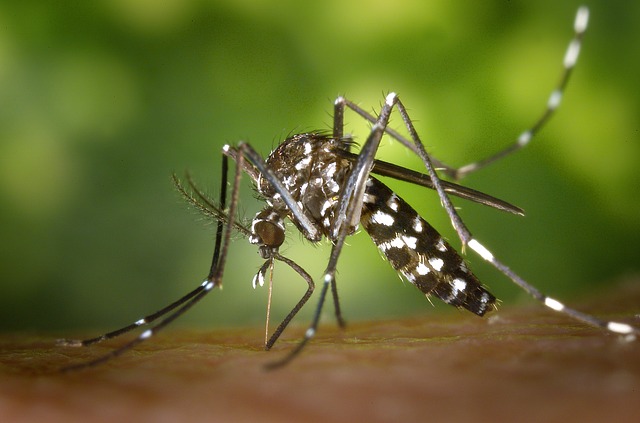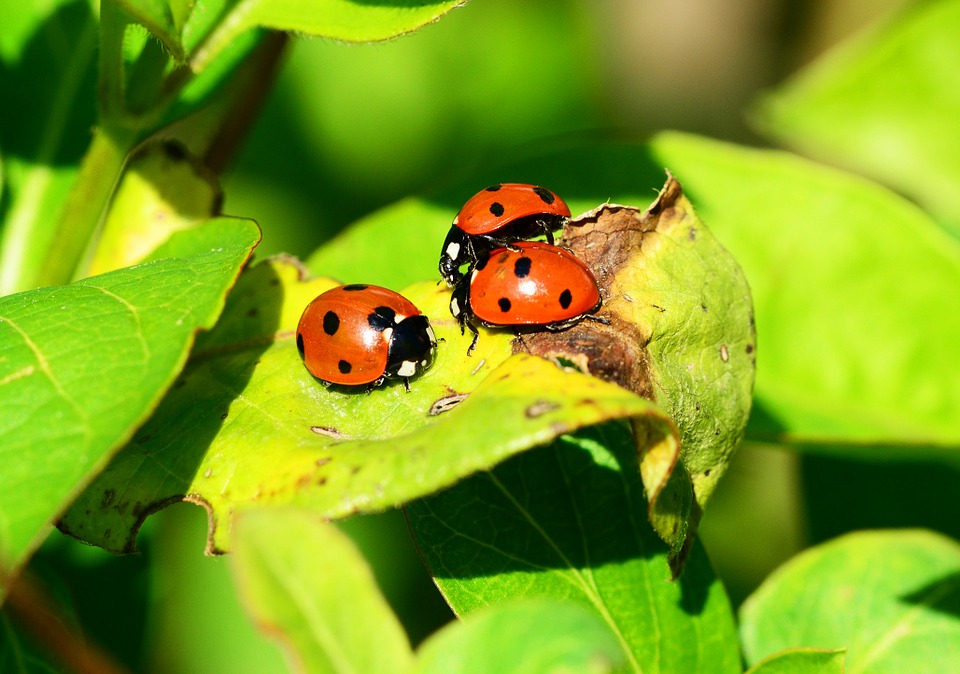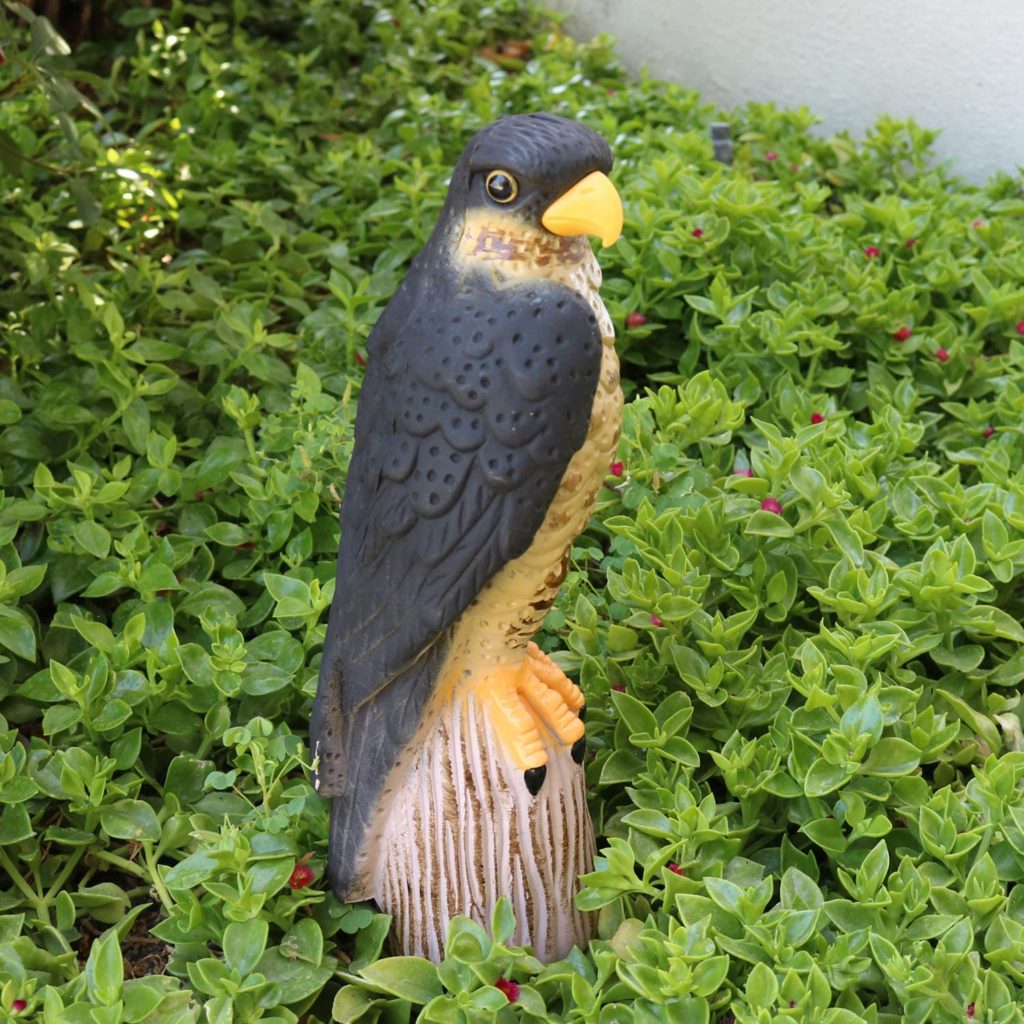
Dealing with the damage and mess caused by pest birds is never fun. However, you actually don’t need to spend much time or money in order to get rid of birds and other pest species. With the help of a falcon decoy, you can take advantage of their natural fear of predators to keep pests away. So here’s everything you’ll need to know about falcon decoys and how to use them.
Why A Falcon Decoy?
Falcons are birds of prey that feed mainly on birds but also on small animals as well. These amazingly fast-flying hunters are widely distributed around the world. In fact, falcons can be found on all continents except Antarctica.
They also hunt during the day. Therefore falcons are automatically recognized by a wide range of pest species as a serious threat. And a fake falcon uses this natural fear to help keep pests away from your property.
What Animals Do They Keep Away?
Falcon decoys are used to deter:
Pest Birds
Pest birds of various types can be a major problem. They often nest in buildings and outdoor structures. They are notorious for pooping and making a mess on balconies, cars, boats, decks, lawns, docks, and patio furniture. Others pest birds may steal fruits, vegetables, and seeds. And some simply make too much noise.
Falcon decoys are often used specifically to deter birds like pigeons (a favorite prey of real falcons), doves, swallows, crows, starlings, sparrows, blackbirds, woodpeckers, seagulls, and waterfowl. Although you can use a fake falcon to scare birds of just about any bird species you may be having a problem with.
Backyard Pests
Luckily falcons also hunt a variety of animals other than birds, which also happen to be considered pests as well. Therefore you can use a decoy to scare squirrels, chipmunks, moles, gophers, woodchucks, and rabbits. They are also used to scare away mice, rats, and even snakes since falcons eat them too.
Other Falcons
Many people use a falcon decoy to deter real falcons. That’s because falcons are known for aggressively defending their territory. And the sight of a decoy may cause local falcons to stay away so that they can avoid a fight. Adding a decoy can be worth a shot if you are raising chickens or have a backyard pond that’s full of fish you’d like to protect.
Falcon Decoy Basics
A falcon decoy is a visual deterrent. It looks just like a real falcon and that is what scares pests out of the area since they don’t want to end up being on the menu. Different from other pest control methods a decoy will work around the clock to deter pests.
It’s also a humane option since it won’t actually harm pests it just frightens them. And there are no toxic or poisonous chemicals to worry about so using one is safe for pets and humans as well.
Decoys are usually fairly inexpensive yet made from durable plastic which allows them to be used outdoors year-round. They are life-size and hand-painted with markings and colors to make them look as real as possible. While some decoys simply look like a generic hawk, other decoys are made to look like specific hawk species.
Many models (such as the Bird X Falcon Decoy) are designed to look like the peregrine falcon which has a black head, dark bars on its light-colored breast, and yellow feet. That’s because this species is widespread and a fearsome predator. It is actually the fastest animal in the world and when diving for prey it can reach speeds of over 200 mph.
And that makes a peregrine falcon decoy a threat to be taken seriously. In addition to realistic looks, many decoys will also include features such as reflective eyes which help to scare pests as well.
Decoy Poses
Falcon decoys are made to look just like a falcon that is actively hunting, and this instinctually strikes fear in pests. Real falcons either hunt from a perch where they spot prey and then swoop down on them, or fly and scan for their next meal. Therefore decoys usually come in poses where they are perched or are appear to be flying.
Perched falcon decoys typically are made to look as if the falcon is perched on a natural piece of wood or stone. The wood or stone is actually a hollow base that can be filled with sand or gravel so that it can stand in place when used outdoors. Or the base can be attached to something. Flying falcon decoys on the other hand come with their wings spread like they are in flight and are designed to be hung by a rope. They move in the breeze which helps to give them a lifelike appearance to pests.
Where and How To Use A Falcon Decoy
Whether you are using a perched falcon, or one that is flying, it is important that you place your decoy in a spot that is near the area you want to keep the pests away from. It also needs to be in a spot that is highly visible. Pests should be able to see it clearly so it can do its job and scare them away.
You may want to place your decoy on or near a balcony, barn, garden, orchard, garage, boat, dock, or pond. Gazebos, pergolas, decks, and fence posts are also popular spots to use one as well. And of course, for pest birds that may be pooping on vehicles, you may want to place a decoy near your carport, driveway, or even on the roof of your vehicle when it’s not being used.
While a fake falcon decoy can definitely work to scare pests, you will need to change its location regularly (at least every few days). This is very important since animals know that it’s not natural for a real predator to stay in one spot for days on end. If you don’t move it, pests will simply treat it as a statue and may even sit or land on it.
A simple trick many people use is to mount their falcon decoy on a pole. This allows the decoy to be clearly seen and also makes it easy to move since you just have to push the pole into the ground in a new spot. If there is a particular time or season when you don’t need your decoy you should put it away. This will help keep pests from getting used to it as well.
Extra Tips And Tactics
For smaller areas, a single decoy can often do the trick. For larger spaces or when you have problems with pests in multiple locations, using several falcon decoys is a better option. By strategically placing the decoys in multiple locations around your property it will help to guarantee that they are seen by pests.
If you’d like to mix things up a bit you can also use a combination of different types of predatory bird decoys. For example, both plastic falcon and hawk decoys are commonly used together. Eagle and great horned owl decoys are also often used with fake falcons as well.
Depending on the specific pest species you are trying to keep away there are other types of predator decoys that can be used with falcons too. Coyotes, foxes, and floating alligators are just a few.
Since you are dealing with wild animals whose behavior isn’t always predictable, using more than one type of deterrent in addition to your falcon is another way to help boost your chances of success. For instance, bird scare rods and reflective tape when used with a decoy can increase the odds that pest birds will stay away.
When birds and other backyard pests become a problem, a falcon decoy is a simple solution that can be highly effective. Safe for humans and pets while at the same time humane for the pests, using a decoy is always a smart option!
Start Shopping for Falcon Decoys!
The Complete Alligator Decoy Guide
Buy on Amazon Trying to keep predators and pests out of your pond or pool can seem like an impossible task. It can be time-consuming, frustrating, and the damage they cause can be costly and messy. With an alligator decoy, you’ll be able to use their instincts against...
How To Keep Mosquitoes Away From Your Outdoor Living space
If you want to enjoy your outdoor living space during the warmer months without getting eaten alive by mosquitoes, then there is work to be done. Read on below to find out exactly how to keep these blood-sucking pests away from your backyard when the temperature heats...
Pest Control Planning-3 Methods That Are Safe For Your Home and Family
Just the thought of dealing with an infestation of insects or rodents can be enough to send homeowners into a panic. Yet at the same time, the idea of spraying dangerous chemicals on your property can also be unsettling. Fortunately, you don't have to compromise your...
4 Natural Ways to Pest-Proof Your Garden and Patio
Summer is fast approaching, which means it's time to plan out all the fun outdoor activities in your garden. Whether that's having a barbecue, starting a vegetable patch, or chilling in an outdoor pool, summer is the perfect time to take advantage of your garden and...
Green Tips for a Green Garden
Unwanted pests and unwanted weeds are always popping up in the garden. These can ruin flowers or other plants around the yard. Instead of using dangerous chemical pesticides as a means of pest control, there are organic alternatives that work just as well. Here are...
